Description
Particularities:
- Forged from one piece of steel
- Long edge retention
- Resistant handle scales made of plum wood
- Sanded with the original Solingen thin cut
Windmill knife K0 paring knife
This paring knife is one of the finest sharpened knives in the windmill. It has an elongated, well-balanced handle that fits snugly in the hand when you cut. The wood of the plum tree is hard, gnarled and often interspersed with branches. It grew very densely and was very hardy. Its beautiful, nuanced color grain ranges from light brown-pink to dark brown-violet. A wood of extraordinary character, beauty and high practical value.
Windmill Knife - K - Series:
The new chef's knives of the K series are characterized by various extraordinary product properties. Basically, the blades of the K series have a hardness of 60 HRC. These blades use steel with a carbon content of 0.7% combined with a chromium content of 14.5%. On the one hand, this requires the desired rust resistance, and on the other hand, the extraordinary hardness of 60 HRC (Rockwell), which gives the blades a long edge retention.
Annotation: Due to the high carbon content, even with the stainless knives, the blade can be slightly discolored in the form of a haze of mist
come, it is a typical sign of this particular material.
The blades are ground in the "Kesselschen Walkschliff", a special form of Solingen thin cut. Blades made with this type of handcraft cut show through their geometry
a special stability despite the very fine thin section. Of course, the blades are traditionally blue-peened by hand. The handles are characterized by the oval, curved shape and the accompanying
A balanced balance and, thanks to the materials such as local natural woods and soft plastics, create a pleasant feel. The shape is the continuation of the successful K design, which was implemented for the first time with the Grandmoulin bread knife in 2003.
Windmill knife:
Solid craftsmanship has played a decisive role in the “windmill” since the founding of the company. The art of knife sharpening was uncompromising, honest work. Essentially nothing has changed in that regard to this day. It is sensitive, skilled work that has been learned over many years and requires skillful, sensitive hands, patience and a good eye. In contrast to most knives of today, the "windmill knives" are still ground according to the principle of the "Solingen thin grinding" and "fine or blue-peened" by hand (plied is a special fine grinding). "Plied" has always been one of the most complex grinding techniques in Solingen. “Reiden und Ausmachen”, the mounting of the handles on the blades and the fine finishing and polishing of the wooden handles by hand are also among these crafts that are still used today in windmill knives.
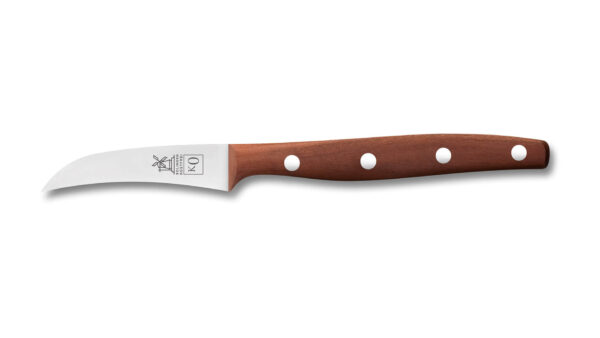


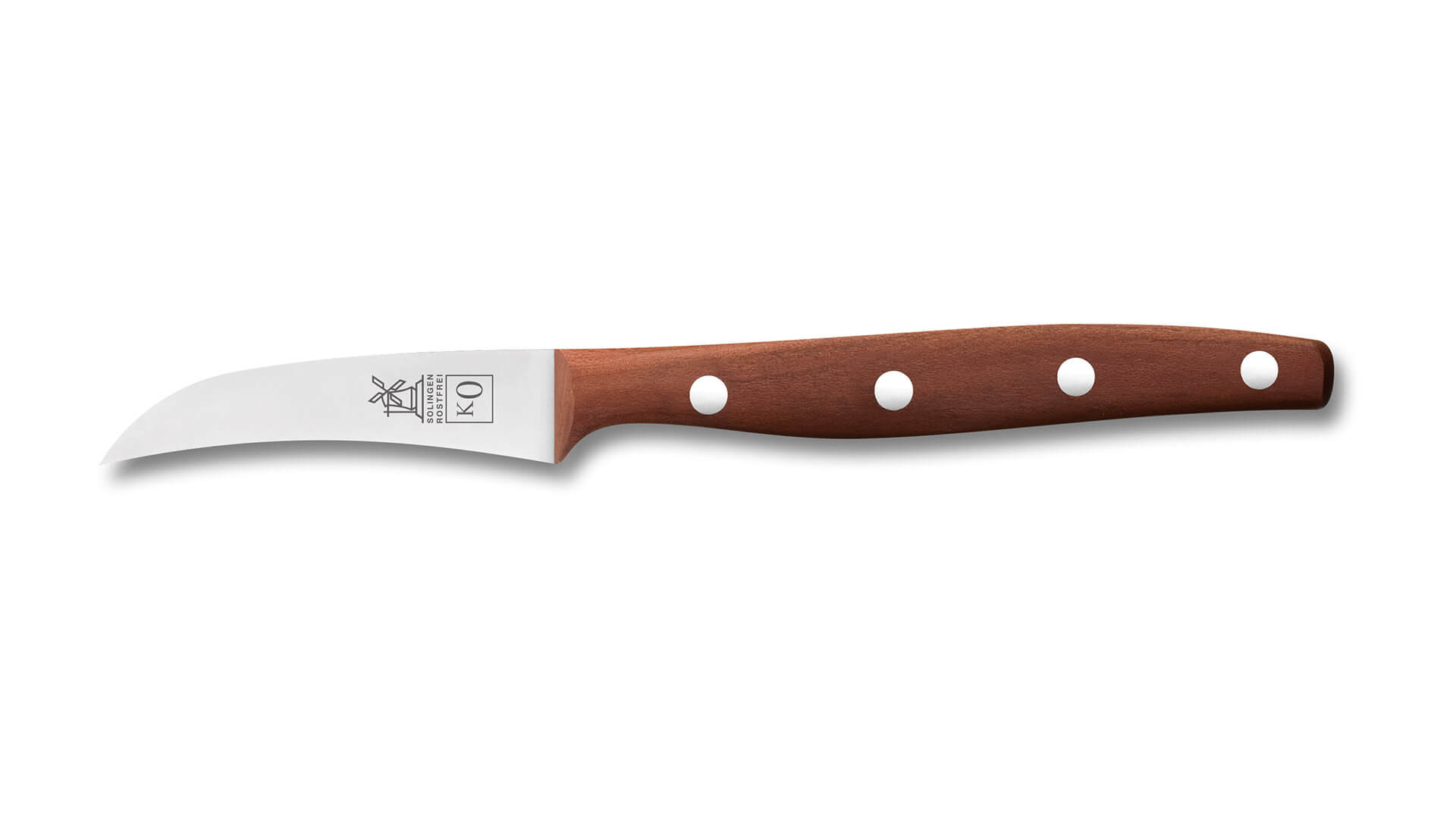

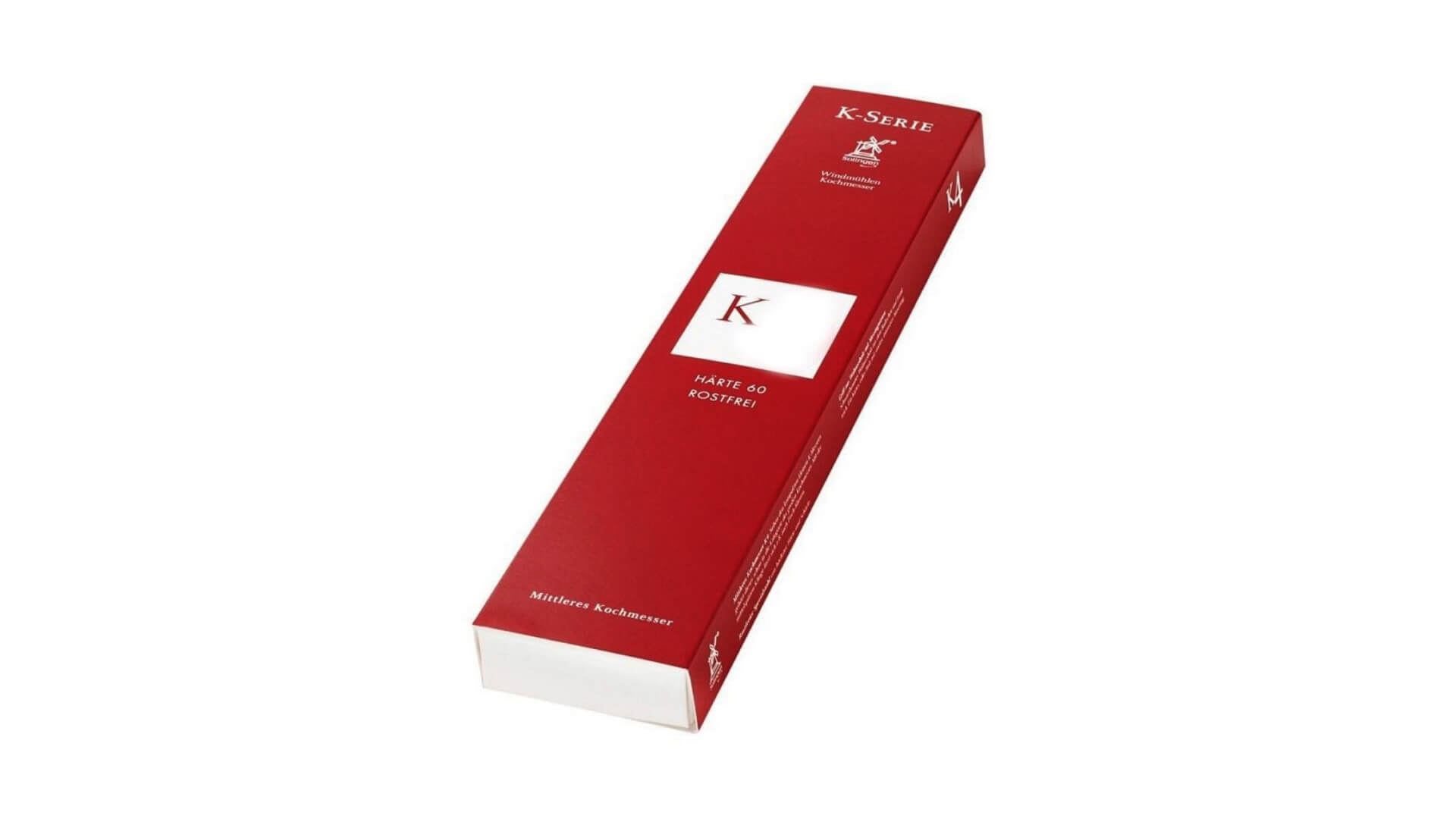






























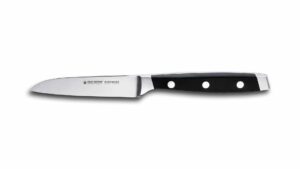


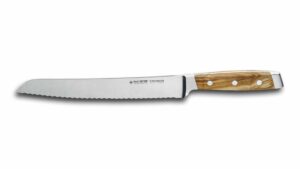







Reviews
There are no reviews yet.